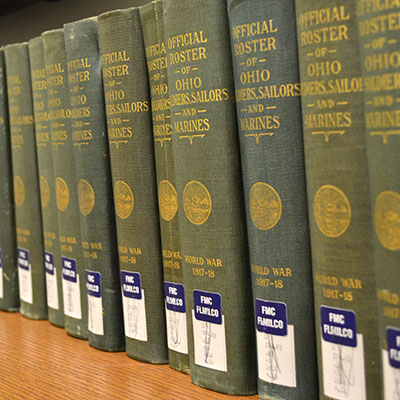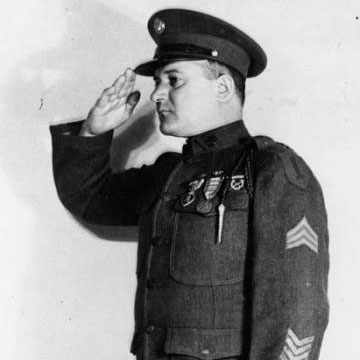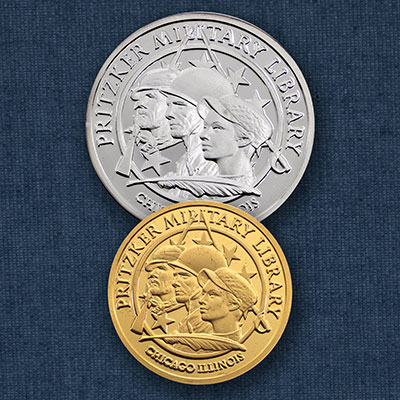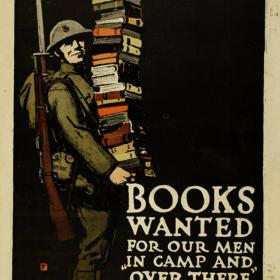Introduction
World War I was the first American conflict in which the government made extensive use of images, in the form of posters, placards, and other materials, to recruit troops and rally home support for the war effort.
Some of the best-known and most recognizable commercial artists in the nation, including Howard Chandler Christy, James Montgomery Flagg, Sidney Reisenberg, John E. Sheridan, Vincent Aderente, Douglas Volk, and Victor Clyde Forsythe, lent their talents to the initiative. Many of these artists were already well-known to the American reading public—their work had appeared in such popular publications of the time as Scribner’s, Scientific American, Everybody’s Magazine, Leslie’s Magazine, and the Hearst newspapers.
The war effort gave rise to some of the most enduring and compelling images in America’s history, including the now-famous images of Uncle Sam, the “Doughboy” soldier, as well as images once famous and now less well known like the Spirit of Columbia. These images are now an important part of the visual American identity.



